A rare 19th-century Dutch rijksdaalder has recently made headlines after fetching an astounding €453,600 at an auction. This significant sale marks it as the second most valuable Dutch coin ever sold, drawing the attention of collectors and numismatists worldwide. The coin’s value is driven not only by its scarcity but also by its rich history and unique design. Here’s a closer look at the auction, the coin’s background, and its place in the world of rare currency.
The 1898 Rijksdaalder: A Coin of Exceptional Rarity
This Article Includes [hide]
The rijksdaalder in question was minted in 1898, during the reign of Queen Wilhelmina of the Netherlands, who was just 18 years old at the time. The coin, made of gold, was originally valued at two and a half guilders, but its rarity has led it to achieve a price far exceeding its original worth.
What makes this coin truly special is its extreme rarity—only two rijksdaalders of this type were ever produced. This exceptional scarcity has made the coin highly sought after among collectors, driving up its auction price. Designed by Pier Pander, a renowned Frisian sculptor and medalist, the coin features a striking portrait of the young queen, marking a significant moment in Dutch numismatic history.
The Auction Event: A Spectacular Sale
The auction took place at Heritage Auctions Europe in IJsselstein, known for specializing in high-end collectibles. The sale was charged with excitement, as bidders from across the world competed for the rare piece. The anonymous buyer paid €453,600 for the rijksdaalder, including a buyer’s premium of €93,600, underscoring the high demand and competitive nature of the auction.
Jacco Scheper, an auctioneer at Heritage Auctions, described the event as “spectacular” and “incredibly tense.” The atmosphere was intense, as no advance bids were allowed, leaving everyone on edge until the very last moment.
Historical Significance of the Rijksdaalder
The rijksdaalder itself has a deep historical significance. It traces its origins to the Holy Roman Empire, where its value was originally tied to its silver content. The coin’s name, “rix dollar,” or “rijksdaalder,” became associated with currencies in various British colonies, including Ceylon. Although the rijksdaalder was no longer in circulation after 2002, when the Netherlands transitioned from the guilder to the euro, its historical importance as legal tender in the country endures.
Another Record-Setting Sale
This auction isn’t the only remarkable event in the world of Dutch numismatics this year. Earlier in May, Heritage Auctions Europe also presided over the sale of a rare 1891 quarter depicting a young Wilhelmina, which set a new record for Dutch coin sales. The quarter fetched a remarkable €1,045,000, making it the most expensive Dutch coin ever sold at auction. Like the 1898 rijksdaalder, this quarter is one of only two known to exist, with the other held in the Dutch national bank’s collection. This rarity contributed to its record-breaking price.
Conclusion: The Ever-Growing Appeal of Rare Dutch Coins
The sale of the 1898 rijksdaalder highlights the growing appeal of rare Dutch coins among collectors and investors. With only a handful of these coins still in existence, each sale further underscores their cultural and financial value. As the market for rare and historically significant currency continues to thrive, it’s clear that coins like the rijksdaalder will continue to capture the imagination of collectors for years to come.
Collectors, numismatists, and history enthusiasts alike will be watching closely to see what rare Dutch coins will appear on the auction block next, as the legacy of these extraordinary pieces of currency endures in both financial and historical significance.

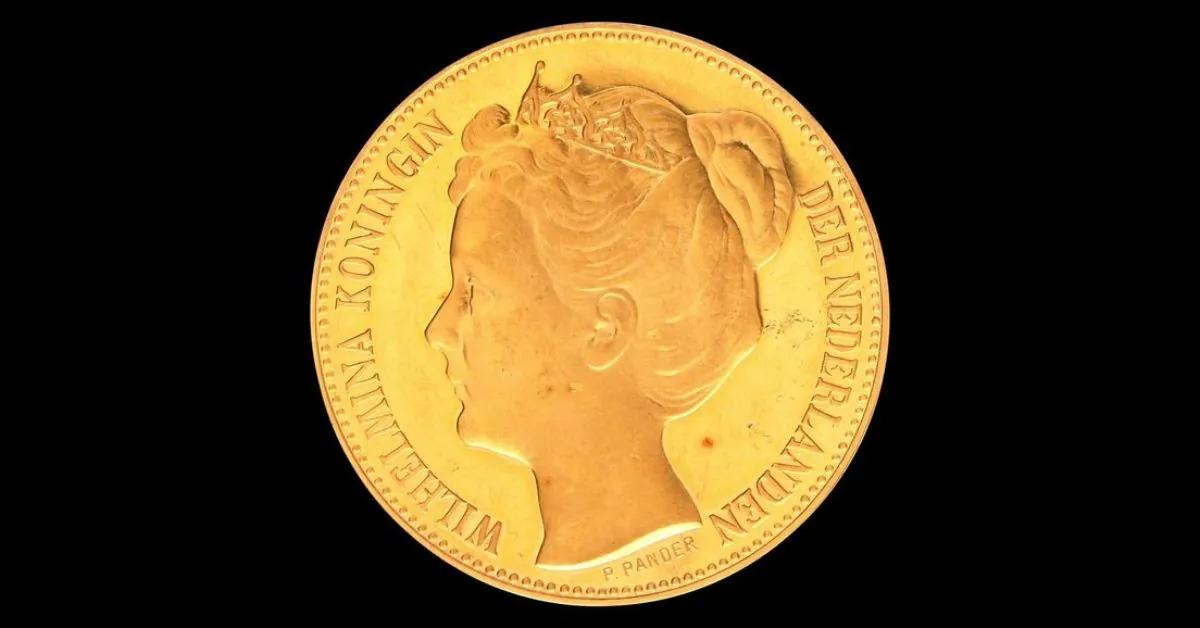
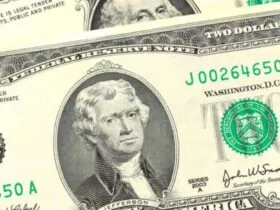
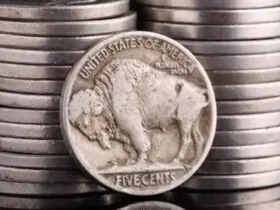
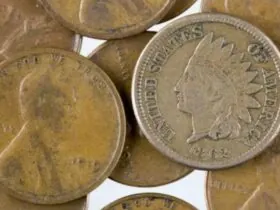

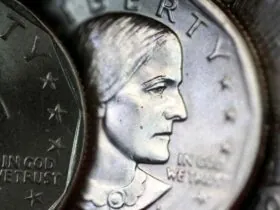
Leave a Reply